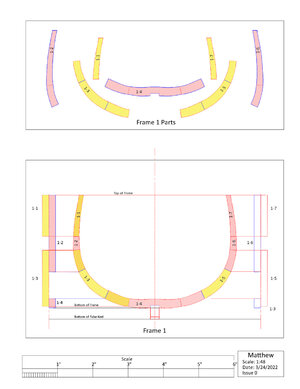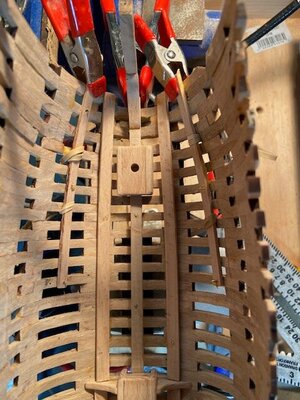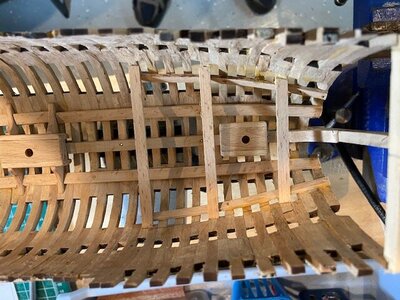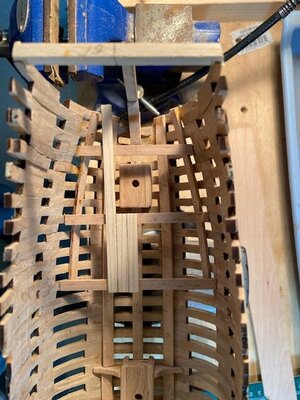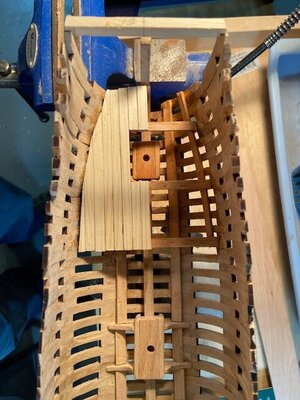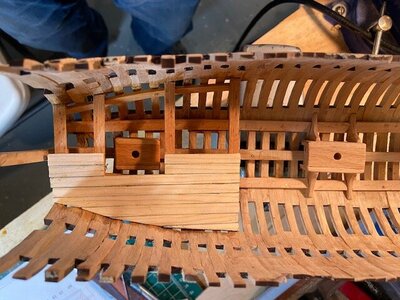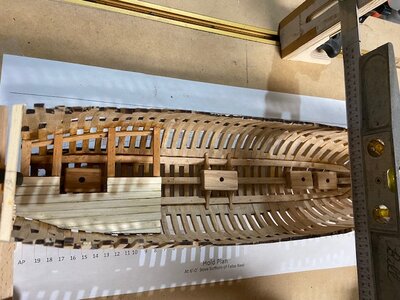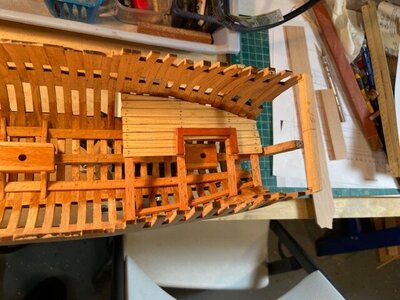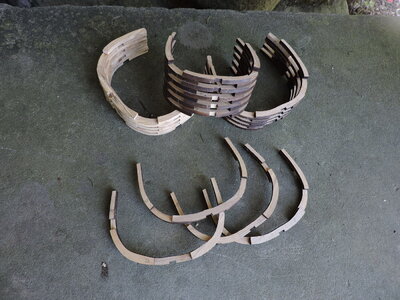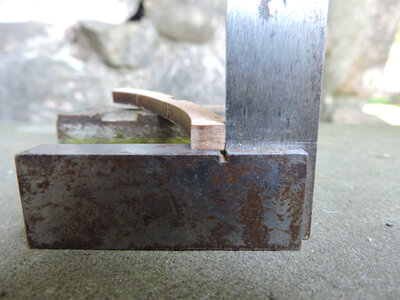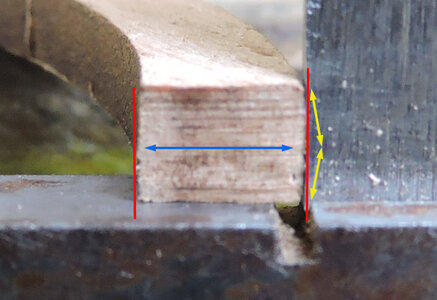- Joined
- Dec 1, 2016
- Messages
- 5,127
- Points
- 728

an up date on frame building
As i build i realized it is important to built the frames as accuratly as you can. Just building and stacking worked fine in the mid section because all the frames were close to the same shape. But as you move forwand and backward the frames change shape from one to the other so just stacking becomes less reliable.
First i pinned the floor to the keel location and used a heavy block to hold the top piece in place.
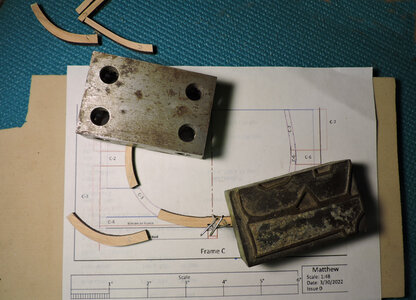
Notice the horizontal lines they are there because you need to place the parts on those lines. If you are to high or low you are changing the arc of the frame.
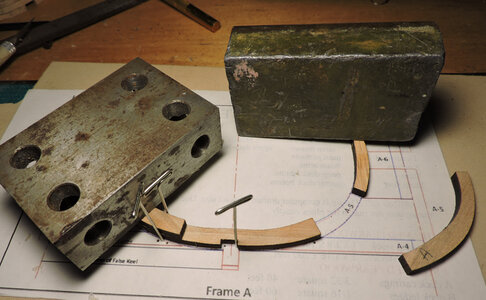
take a close look
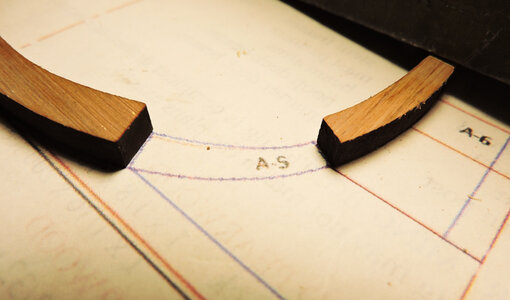
to glue part C3 it has to hit the upper line
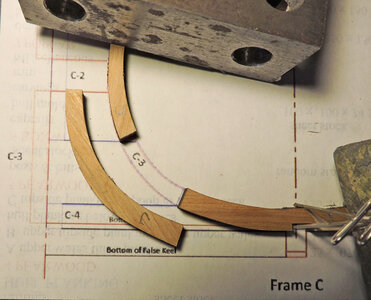
As i build i realized it is important to built the frames as accuratly as you can. Just building and stacking worked fine in the mid section because all the frames were close to the same shape. But as you move forwand and backward the frames change shape from one to the other so just stacking becomes less reliable.
First i pinned the floor to the keel location and used a heavy block to hold the top piece in place.

Notice the horizontal lines they are there because you need to place the parts on those lines. If you are to high or low you are changing the arc of the frame.

take a close look

to glue part C3 it has to hit the upper line

Last edited:

